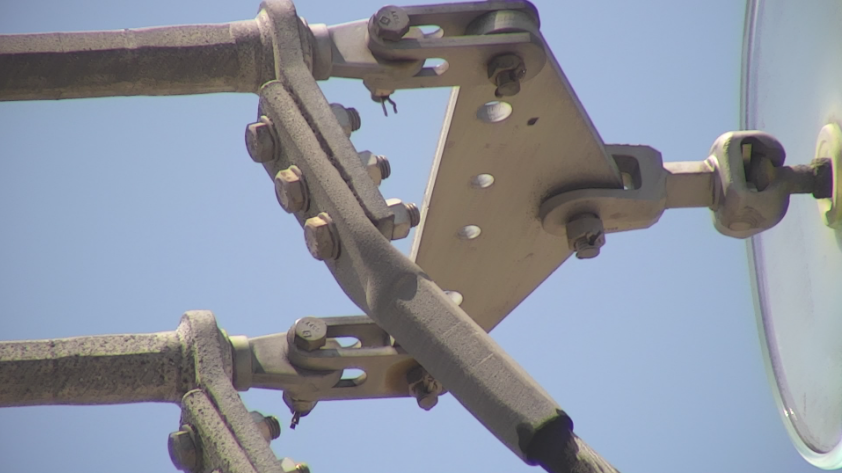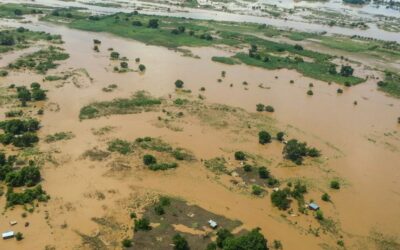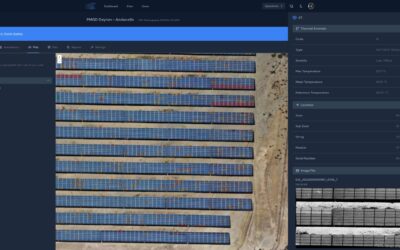The use of drones in power transmission lines has become increasingly popular in recent years. These unmanned aerial vehicles (UAVs) offer a number of benefits over traditional inspection methods, making them an efficient and cost-effective solution for maintaining and monitoring transmission lines.
One of the main advantages of using drones in power transmission lines is their efficiency. Drones can cover large areas quickly and effectively, allowing for regular inspections of transmission lines, towers, and substations. This can help identify potential problems early on, allowing for timely repairs and maintenance to prevent more significant issues down the line.
Another advantage of using drones in power transmission lines is their safety. Traditional inspection methods often involve workers climbing transmission towers and working at great heights, which can be dangerous and even deadly. Drones, on the other hand, can inspect transmission lines and towers from a safe distance, reducing the risk of accidents and injuries.
Drones are also equipped with high-resolution cameras and other sensors that can provide detailed information about the condition of transmission lines and towers. This information can be used to identify potential problems, such as corrosion, cracks, or damage, and to plan for repairs and maintenance. Additionally, drones can equipped with thermal cameras that can detect heat loss or hot spots in power lines, which could indicate a problem in the transmission lines.
Another benefit of using drones for inspection power transmission lines is cost-effectiveness. Drones are relatively inexpensive to operate and maintain, and they can save companies money in the long run by reducing the need for costly repairs and maintenance. Additionally, they can save on labor costs, as they can be operated by a single person and they don’t need to take time off or be compensated for working in dangerous conditions.
In conclusion, the use of drones in power transmission lines offers a number of benefits, including increased efficiency, safety, cost-effectiveness, and detailed information. As technology continues to advance, we can expect to see even more applications for drones in this industry, helping to ensure the reliability and safety of our power transmission systems.






0 Comments